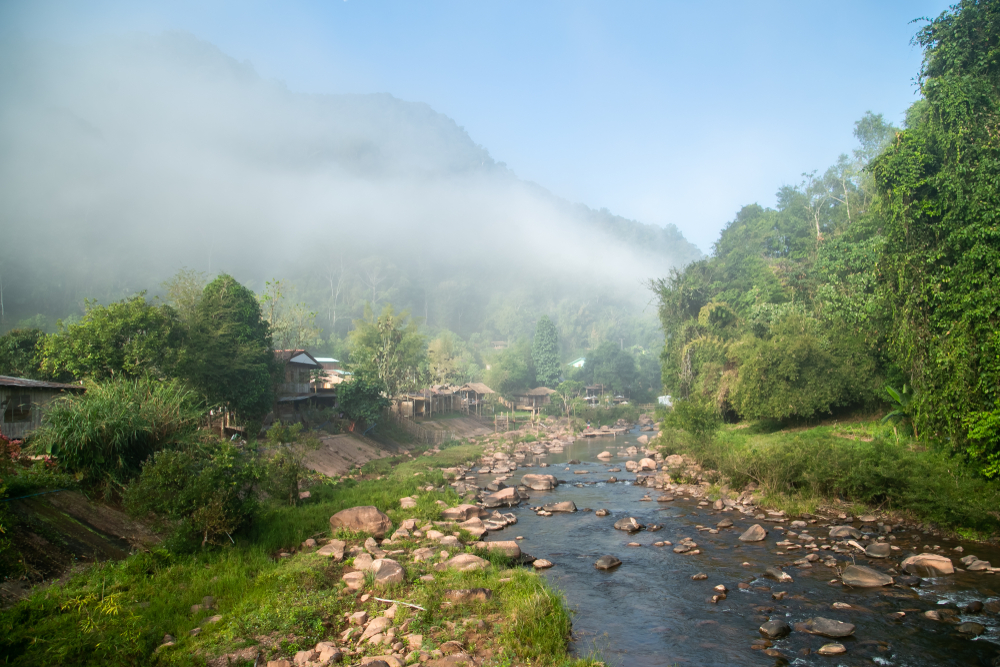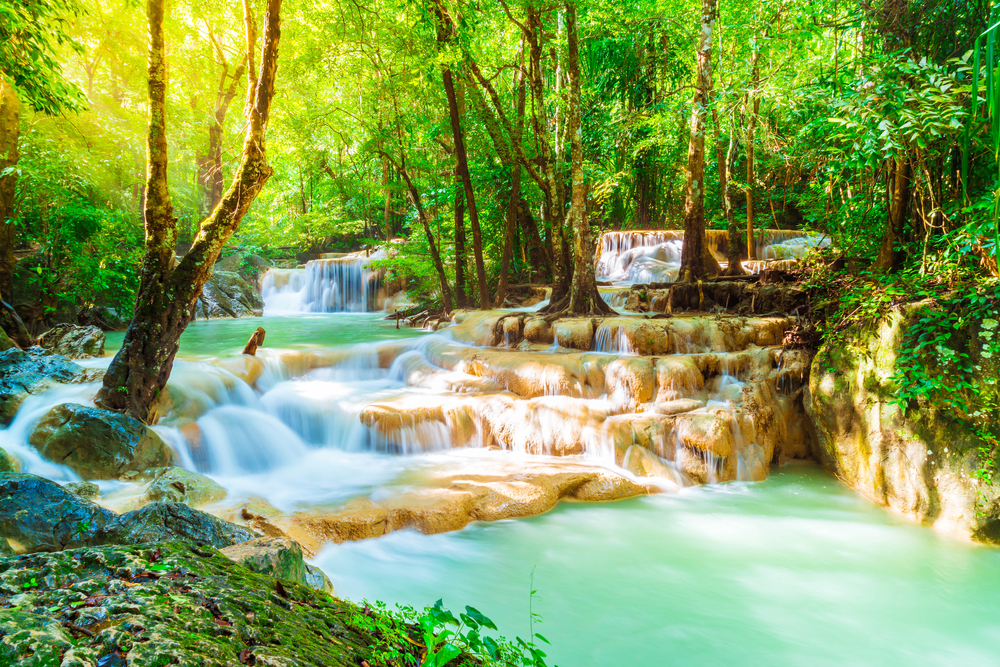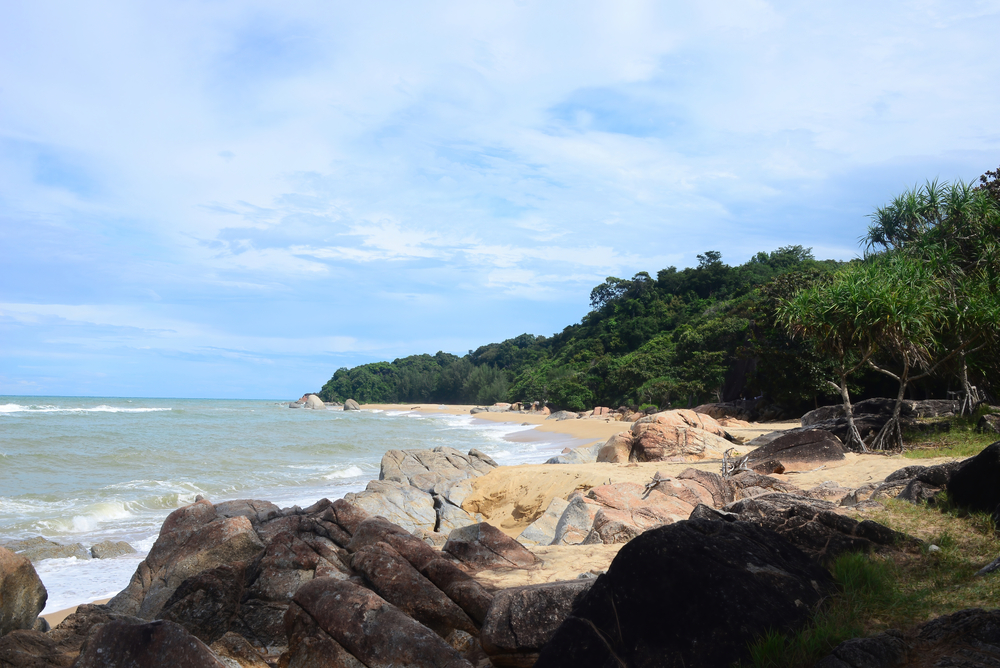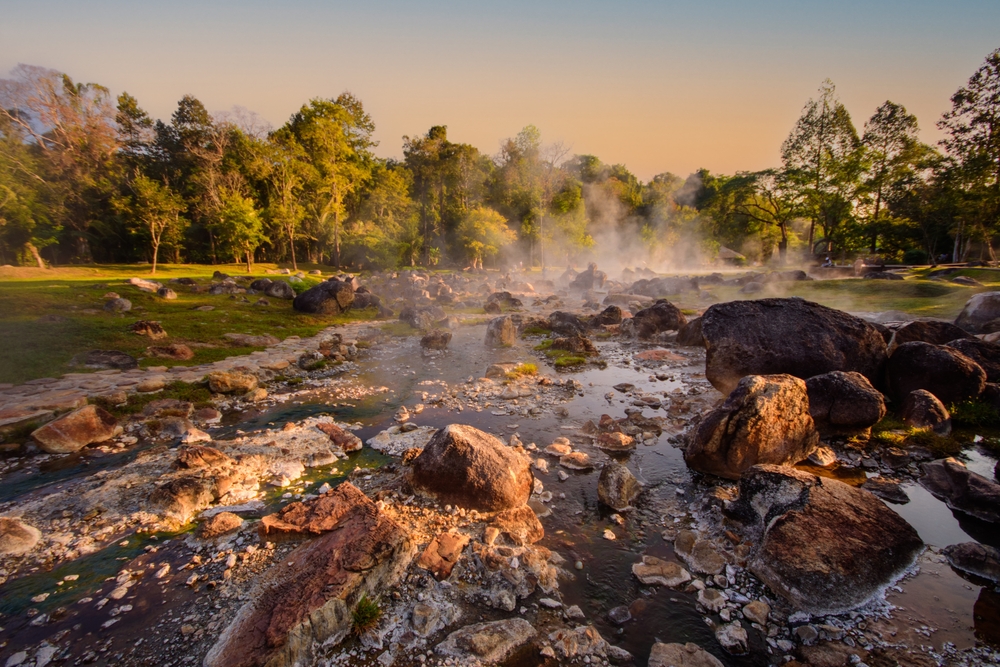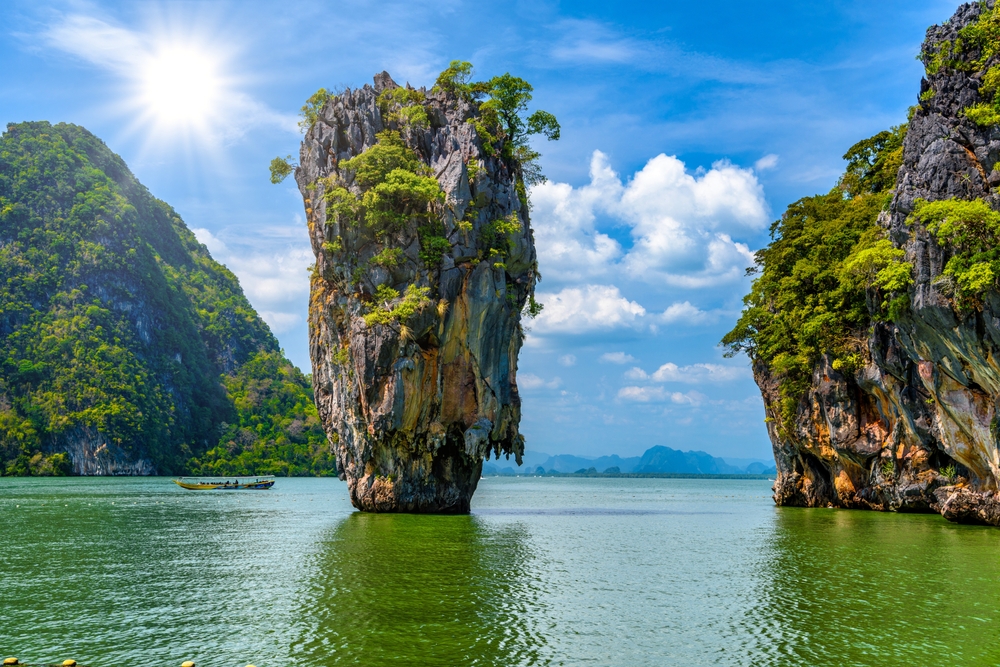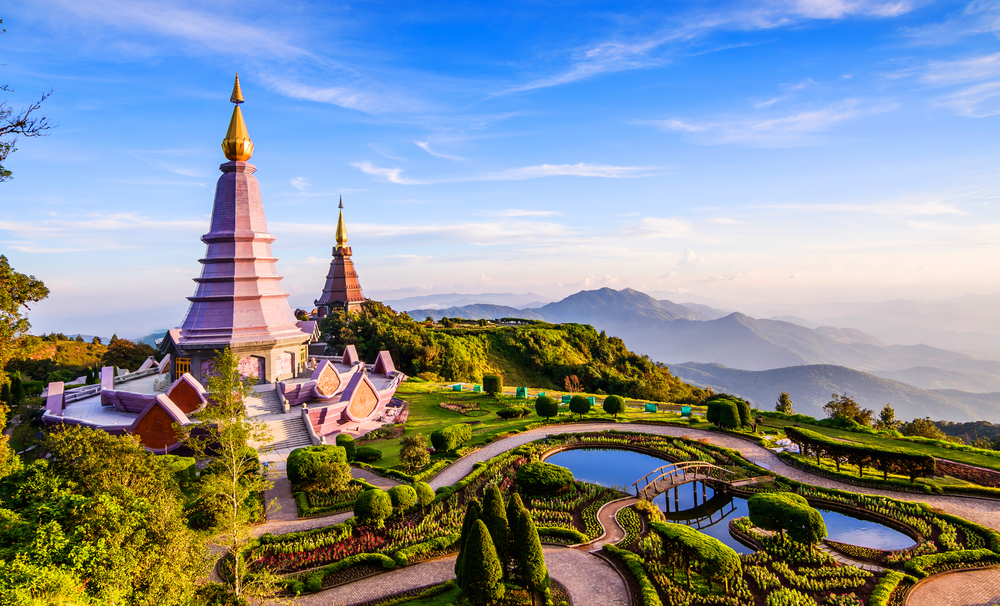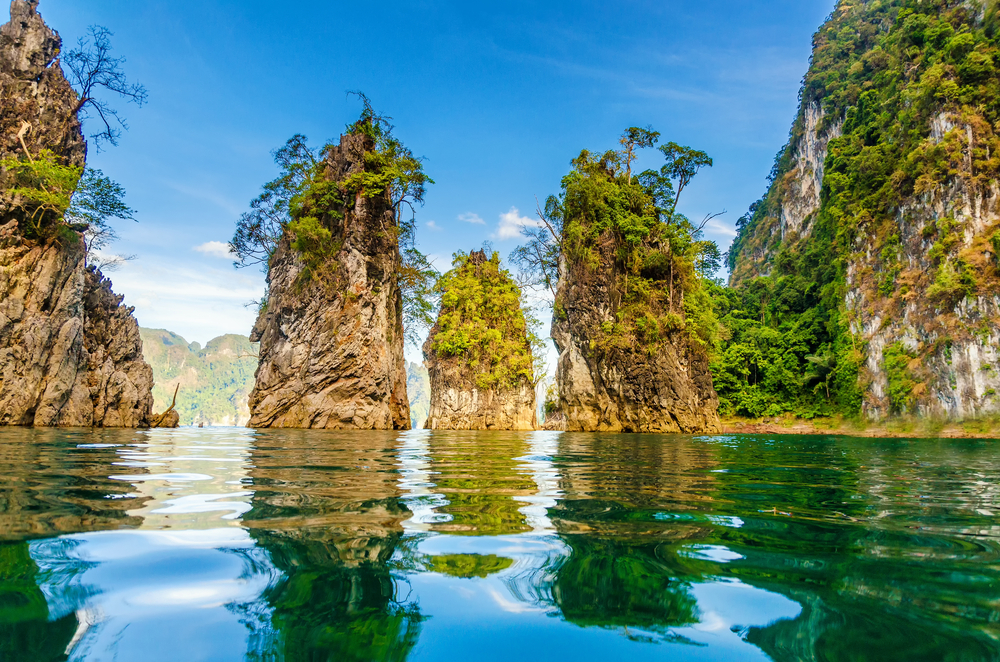Doi Phu Kha Overview
Doi Phu Kha National Park, or “อุทยานแห่งชาติดอยภูคา” in Thai, is a stunning expanse of natural beauty located in Nan Province, in northern Thailand. Covering an area of approximately 488 square miles (1,267 square kilometers), this park is one of the largest protected areas in the country. It is named after Doi Phu Kha, the highest mountain in the park, which rises to an impressive 6,561 feet (1,994 meters) above sea level. This park is part of the Luang Prabang Range, a mountainous region with a landscape defined by rugged peaks, deep valleys, limestone cliffs, and dense forests.
The terrain of Doi Phu Kha National Park is a harmonious blend of evergreen, mixed deciduous, and montane forests. The forests here are renowned for their lush greenery and unique biodiversity. One of the park’s rarest botanical treasures is the Chomphu Phu Kha tree (Bretschneidera sinensis), which produces clusters of striking pink blossoms in February, a sight that draws visitors from across the region.
Numerous waterfalls, such as the serene Sila Phet Waterfall and the cascading Tat Luang Waterfall, add to the park’s charm, while karst caves and high-altitude viewpoints offer opportunities for exploration and awe-inspiring vistas.
Wildlife enthusiasts will find Doi Phu Kha a paradise for its diverse fauna. The park provides a sanctuary for a variety of mammals, including the Asiatic black bear, clouded leopard, and Indian muntjac. Primates such as the northern pig-tailed macaque can also be seen in the forested areas.
Birdwatchers are particularly drawn to the park, as it is home to over 150 bird species, including the rare green peafowl and colorful broadbills. The abundance of wildlife showcases the park’s role as a crucial habitat for endangered and endemic species.
Popular features of Doi Phu Kha include its scenic trails, which lead visitors to viewpoints like the Doi Phu Wae Summit, offering panoramic views of the surrounding mountains. The park’s caves, such as Tham Pha Daeng, provide opportunities for spelunking and discovery. Cultural experiences are also part of the park’s appeal, with nearby Hmong and Thai Lue villages allowing visitors to learn about local traditions and lifestyles.
Visitors can engage with the park through hiking, birdwatching, camping, and photography. The cool climate, especially during the winter months, makes it a favored destination for outdoor activities. Conservation challenges, however, persist due to deforestation, human encroachment, and the impact of tourism. Efforts by park authorities, local communities, and conservation organizations have resulted in notable successes, such as reforestation programs and increased awareness of sustainable tourism practices. The park continues to be a vital area for preserving Thailand’s rich natural heritage and biodiversity.








































































